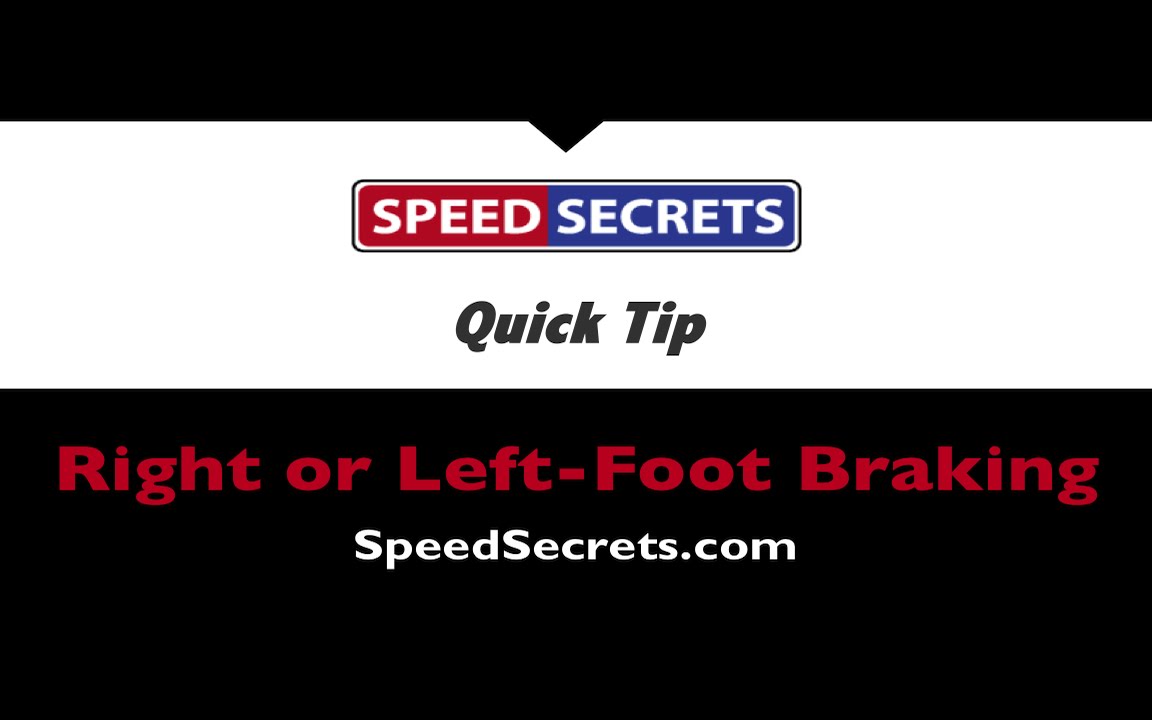Q: “I have been heel & toe downshifting since I got my first sports car MANY years ago. I have been left-foot-braking on my street cars for quit a while. My track car has a manual transmission.
“Should I be left-foot-braking in autocrossing where I will not be downshifting and/or on the big tracks for corners that do not require a gear change? If so, where should I position my left foot? Also, any suggestions how to minimize the chances of accidentally pressing the clutch when I really wanted to (and needed to) hit the brakes with the left foot?”
A: Hmmm… That’s not a simple yes or no answer. Here’s the first qualifier: A great right-foot braker will beat a good left-foot braker. Now, a great left-foot braker will usually beat a great right-foot braker, so you have to decide whether you’re good or great at left-foot braking. Based on your experience, you could very well be great at it.
Yes, if you don’t have to downshift, that’s the time to left-foot brake – whether autocrossing or on a track. As you suggest, the challenge is making sure you use the appropriate pedal the appropriate way – and not mix them up. It’s either stab the brake pedal thinking it’s the clutch, or be too gentle with the clutch thinking it’s the brake pedal! What can you do to reduce the chance of that happening? You do what you do because you’re programmed to do so; you don’t do what you want sometimes because you’re not mentally programmed yet. So, the key is programming yourself to do the right thing with the right pedal at the right time. You can use mental imagery/visualization to program yourself – you should do that. If you mentally pre-practice the autocross course, and where you’re going to left-foot-brake, you’ll get it right. Same thing for a road course. It just takes some time to program the right stuff.
Check out this other Q&A that is related: “How do I know if I’m over-slowing by left-foot-braking?”
Where should your left foot be positioned? Heel on the floor and the foot at an angle that is most comfortable to apply the brakes with the ball of your foot. If you pay attention, you can hold it above the brake pedal, although you lose the benefit of supporting your body with the dead pedal. That’s one of the trade-offs. In many cars, not being able to support your body with the dead pedal is a real disadvantage because the seat doesn’t provide enough support, but that depends on the seat. It’s critical that your foot does not rest on the brake pedal when not using it – and it’s easy for that to happen without you knowing it. You need to be aware of it.
A few video tips I created might add to this answer:

